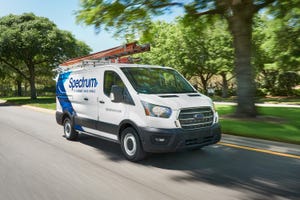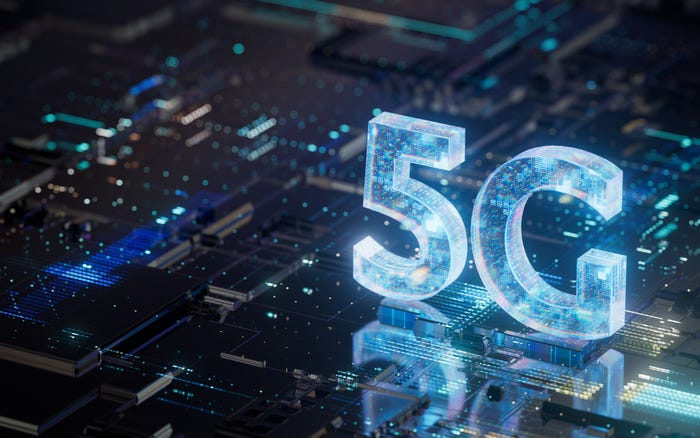
NEW YORK -- Cable-Next Gen Business Strategies -- Full commercial service of the Citizens Broadband Radio Service (CBRS) 3.5GHz band will finally come on air before the end of the year, according to Jyotin Basrur, senior director of product management at Federated Wireless.
Basrur talked about the initial use of the midband spectrum at the Light Reading show in midtown Manhattan on Tuesday. CBRS has taken years to come to fruition, with the FCC first establishing the Citizens Broadband Radio Service for shared wireless broadband use in 2015.
The FCC will initially allow General Authorized Access (GAA) (unlicensed) users on the network. The Priority Access License (PAL) auction will follow, and is expected to begin on June 25, 2020.
The first commercial users of the GAA 3.5GHz band are expected to be smaller fixed wireless operators and mobile service operators. "It's basically free spectrum for them," says Basrur, referring to the mobile service operators.
The major mobile players are expected to use CBRS, at least in part, for mobile traffic offload, in much the same way operators have used WiFi for a number of years now. Notably, Verizon has been undertaking CBRS tests on its network, and is even believed to have started to deploy 3.5GHz antennas. Cable operator Charter, meanwhile, has started tests of CBRS in North Carolina.
Samsung has offered CBRS small cells for test in the US since the fourth quarter of 2017.
Device makers are also starting to use the CBRS antennas in smartphones. For instance, Apple has recently included a 3.5GHz antenna (band 48) in its latest iPhone 11.
Why this matters
The CBRS 3.5GHz frequency is now part of the 5G specification, but CBRS could make an impact on the wireless scene before Release 16 5G even arrives. 4G LTE private networks using GAA 3.5GHz spectrum could arrive a couple of years ahead of 5G private networks. That's because 5G private networks need to use network slicing, which supports the creation of virtual independent networks on the same physical infrastructure. That technology is expected to be completed as part of the 3GPP Release 16 5G specification in June 2020, but it won't be practically implemented until some time after that.
Related posts:
— Dan Jones, Mobile Editor, Light Reading
About the Author(s)
You May Also Like




_International_Software_Products.jpeg?width=300&auto=webp&quality=80&disable=upscale)







